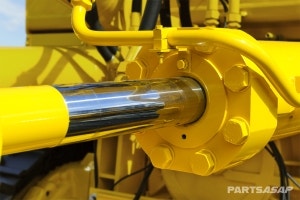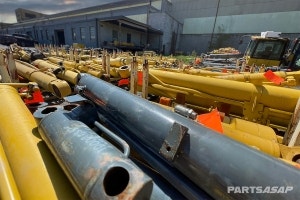Free small package shipping on orders above $249.99
Simple, Smart Tips for Farm Fence Repair
No account?
Having a customer account enables faster checkout, order tracking online, and (if you want) emails about specials and events.

As the ground thaws and you prepare for Spring, consider adding fence repairs to your list of to-dos. Heavy snow and ice can damage fence posts, wires, and gates. Wild animals can accidentally pull sections down. Downed trees and limbs may have taken out portions of your fence as well. A failing fence should be remedied as soon as possible to avoid further damage and repairs.
Inspect
Your first order of business should be to inspect the entire fence perimeter for damage, making note of any damage and the tools you’ll need to repair it. The tools you need will depend on the type of fence you have and the type of damage. Be on the lookout for leaning posts, sagging wires, rust, broken posts, and misaligned gates during your inspection.
Preparation
Next, you’ll want to prepare the areas in need of repair by removing debris, such as trees or broken fence parts. If you find overgrown grass and weeds, take time to clear them from the area. This will give you an unobstructed and safe workspace to make your repairs.
Repairs
Finally, you’ll want to make all necessary repairs to fence posts, wires, and gates. Unfortunately, some fences are too far gone and you may come to find out that replacing the fence is more cost effective than constantly repairing an old, failing fence. Either way, make sure to use quality materials when repairing or replacing your fence.
Maintenance
Now that your fence is in tip-top shape, take some time to do some maintenance. Ensure nothing like bushes or trees are putting pressure on the fence, remove any tree limbs hanging over the fence, and remove any growth on the fence posts, wires, and gates. Hopefully this will help minimize fence repairs next year.





